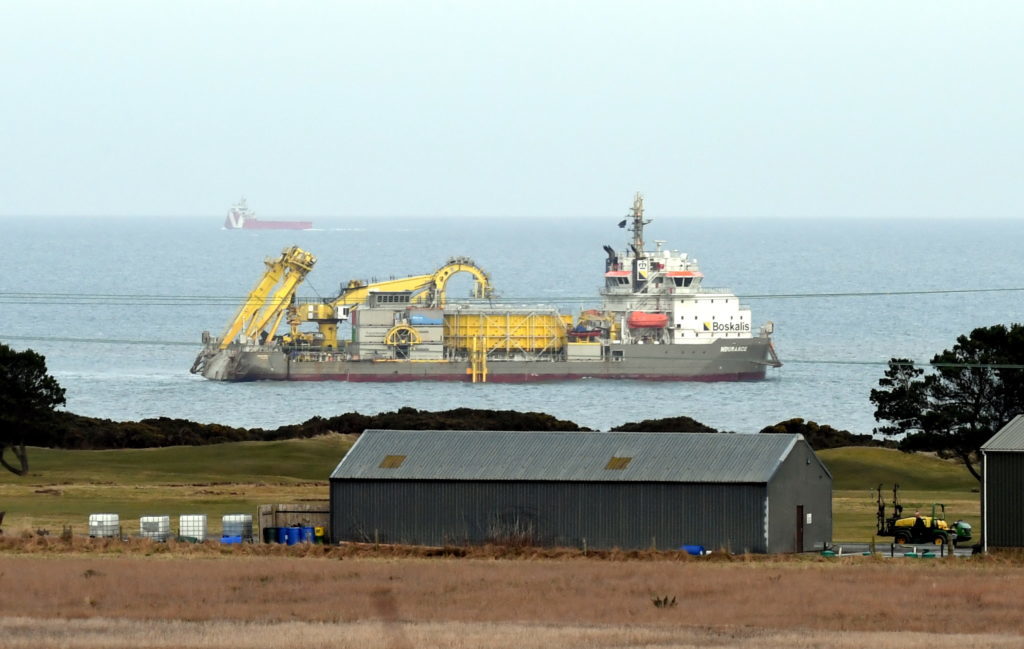
A new planning system proposed by the Scottish Government has been described as “a remarkable and major step forward” by Scotland’s renewable energy industry.
Unveiled by the government on Monday, the revised draft National Planning Framework 4 (NPF4) sets out policies against which planning applications will be assessed for the next decade.
Included in its aims is the need to support low-carbon and zero emissions technologies, including hydrogen and carbon capture, and developments on land that unlock the “transformative potential of offshore renewable energy”, such as expansion of the electricity grid.
Made explicit in that is the need to “encourage, promote and facilitate all forms of renewable energy development onshore and offshore” – a move welcomed by the industry’s trade body.
Mark Richardson, senior policy manager at Scottish Renewables, said that in contrast to previous versions the new version “clearly shows how The Scottish Government expects renewable energy developments to be treated by planners across Scotland.”
“To realise a Scotland powered by renewable energy we need to ensure that all levers of government are focused on tackling the climate emergency – this must mean achieving a net-zero-driven planning system. The NPF4 planning reforms provide a key opportunity to deliver this ambition.
The reforms were presented to Holyrood on Monday by Tom Arthur MSP, Minister for Public Finance, Planning and Community Wealth, who noted that against the backdrop of COP27, the country had “very important decisions” to make about local decisions and their impact on global contributions.
“This framework demonstrates that Scotland will not shy away from that task,” he said. “It confirms that we support sustainable development in Scotland; we are not compromising; we are fully committing to tackling the twin crises of climate and nature.”
Mr Arthur said the document places “a clear expectation on the role that planning must play in delivering the expansion of renewable energy needed to realise the just transition from a reliance on fossil fuels.”
He said the Parliament had specifically asked the scheme’s architects to reflect on the views of the renewables industry, and the revised framework now reflects the need to “get behind the delivery of renewable energy to achieve net zero.”
Mr Richardson concurred that the message of the sector had been heard, and that politicians had listened and understood the nature of barriers which, he said, “for too long have stood in the way of sustainable development.”
“This revised draft clearly shows how The Scottish Government expects renewable energy developments to be treated by planners across Scotland, and is a remarkable and major step forward from the system which exists in Scotland today,” he continued.
However, he also warned that it was “crucial” the system was properly resourced to deal with the increasing number of planning applications needed to be processed as further energy and net-zero projects are procured, consented and developed.
That challenge will be brought into sharp focus by the nearly 27GW of Scotwind projects now due to be built and connected over the next decade.
This draft framework will be considered by the Scottish Parliament, with MSPs set to vote on its adoption before the end of the year.
Recommended for you
